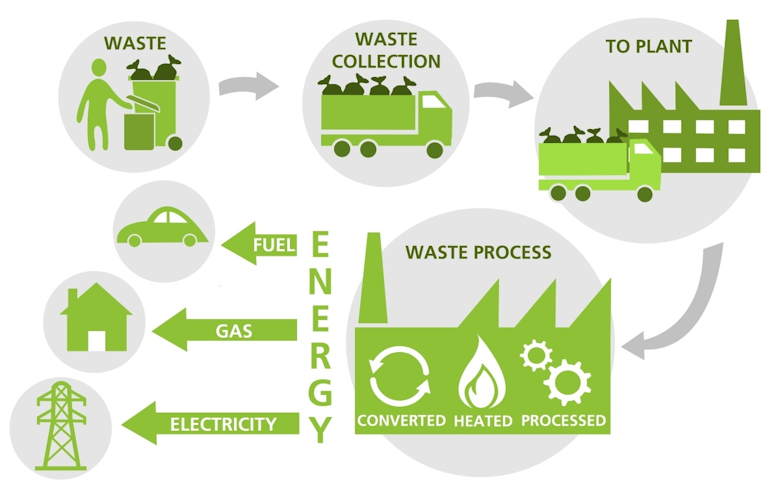The International Energy Agency has published interesting figures. In the world, 13 countries produce more than 30% of their electricity using renewable energies. There are currently several sources of renewable energy, including waste treatment. But is it a renewable energy source of the future?
Hydroelectricity: An Energy Source With Limited Development Potential
Currently, the main source of renewable energy used for electricity production is hydroelectricity. Proof of the success encountered by this energy: at the end of 2020, hydraulic production reached a historic peak of 4,370 terawatt hours, or nearly 20% of global electricity consumption!
However, not all countries are equal and only some, benefiting from favorable geography, manage to achieve high proportions of this resource in their electricity mix. In California for example, all suitable natural sites are already exploited! Both on a global and national scale, its development potential is therefore extremely limited.
Furthermore, despite the obvious advantages of hydroelectricity (storability, cleanliness, economical, low greenhouse gas emissions, etc.) large projects can have very serious environmental consequences. The river dams necessary to create the reservoirs that make it possible to generate electricity on a large scale severely disrupt ecosystems and can harm local animal and human populations. And that’s without taking into account the ecological footprint linked to the construction of hydroelectric power stations, which is considerable.
All renewable energies currently used all have their own flaws:
- Wood: fumes from its combustion can cause significant respiratory problems
- Agrofuels: still too expensive, despite frequent scientific progress which tends to make them more and more competitive
- Wind, solar and marine energies: expensive, non-storable and intermittent energies
Reasons why it is necessary to find a greener energy source. One of the solutions envisaged concerns our waste! But can their treatment or valorization be considered as a source of renewable energy for the future?
The Treatment and Energy Recovery of Our Waste
Energy recovery makes it possible to transform waste into electricity and/or heat. It is the third source of alternative electricity production after hydropower and wind power and the fourth source of renewable heat after wood, biofuels and heat pumps.
Energy recovery makes it possible to save on fuel and raw materials and to reduce the price of processing urban waste by 20%. There are currently several processes that make it possible to recover waste into energy:
- The incineration of household and industrial waste as well as biomass (wood, plant matter) makes it possible to produce energy thanks to the heat released by burning the waste
- Waste storage makes it possible to generate biogas: collected in storage facilities and wastewater treatment plants, this biogas contains 40 to 60% methane, which gives it significant energy potential
The Situation in California
In California, all renewable energy represents just over 25% of primary energy resources. According to waste experts at Your Modesto Dumpster Rental, a Californian waste management company, the production of electricity or heat through the energy recovery of our waste does not weigh very heavily in our energy mix.
In California, the treatment of waste for the production of electricity is still too marginal. Indeed, given current means of production, waste treatment cannot in any way be considered as a realistic alternative, even if this practice benefited from massive development. In America, the leading producers of electricity from the combustion of waste are California and Florida.
The energy recovery of our waste for the purposes of producing hot water for urban heating is also a solution used, but again marginal because it only represents 0.1% in the California energy mix, which is very little if we compare with wood: around 4%. In terms of heat production from waste combustion, California leads the way ahead of Florida, so there is still space to improve sustainability in California, with better waste management techniques.

